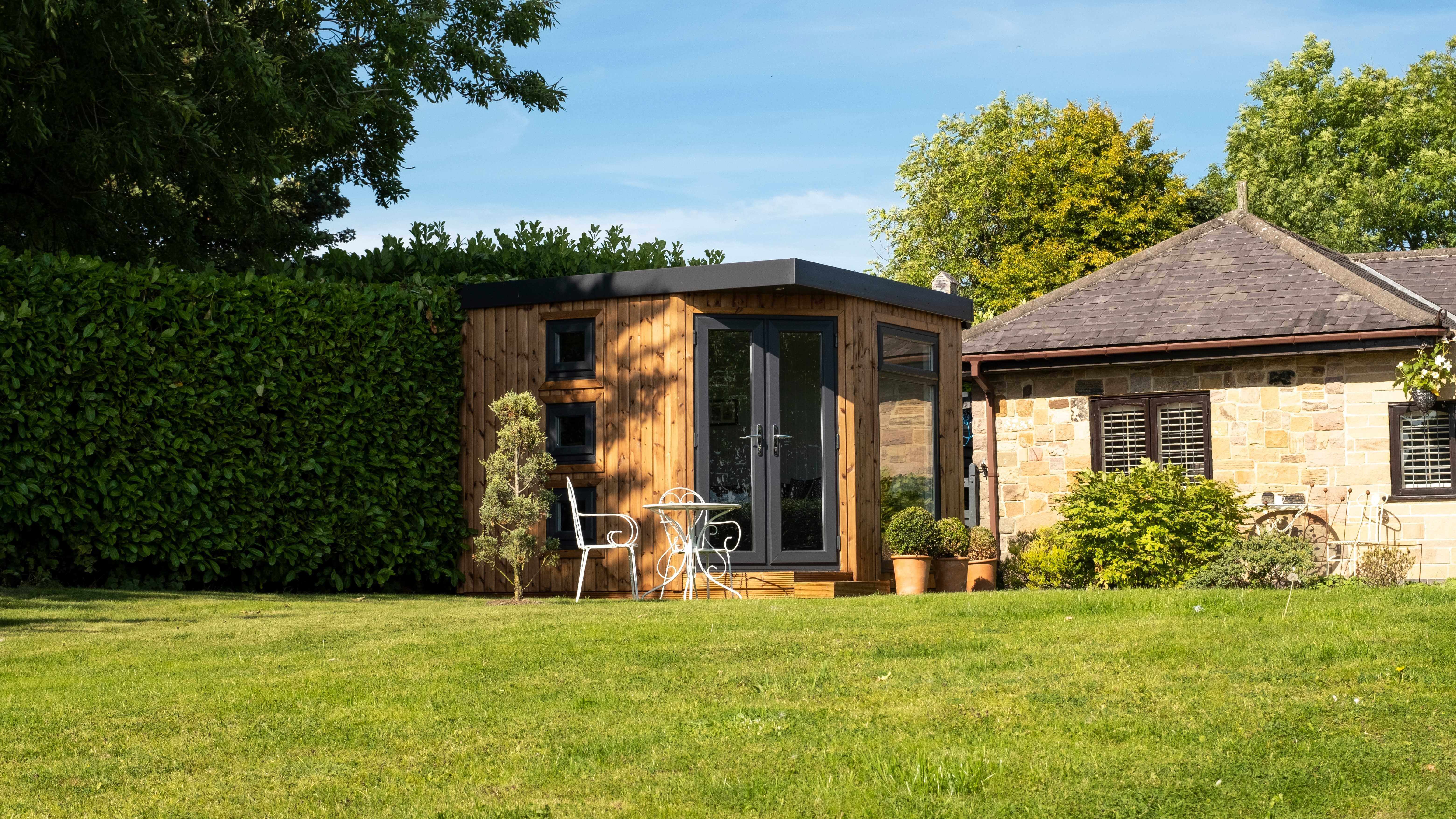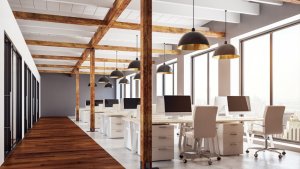
If COVID-19 and 2020 helped make working from home a popular choice, they failed to provide an easy answer to a common challenge. How do you make room at home for business? With many Britons forced to work from the kitchen table or the sofa, there’s been a wind of renewed creativity. When there is no designated space inside your home, why not go and work in the garden?
Indeed, transforming your garden shed into a home office can be a game-changer for entrepreneurs and sole traders looking to maximize productivity while enjoying the perks of a flexible work environment. Recent research conducted by digital bank Starling reveals that an increasing number of individuals are choosing to operate their businesses from the garden shed, contributing significantly to the UK economy to the tune of almost £17 billion annually. So, it makes no doubt that the modest shed can become a professional and functional workspace.
One of the primary advantages of converting a garden shed into a home office lies in the cost-saving benefits it offers. Entrepreneurs exclusively using their sheds as offices save an average of £8,738 per year on rent, commuting expenses, and other overheads.
However, to harness the full potential of a garden shed as a home office, certain considerations must be addressed to ensure functionality, comfort, and security.
Avoiding cold and moisture
The first step in converting your garden shed into a comfortable workspace is to address issues related to cold and moisture. It may be a simple shed, but it requires proper insulation to regulate temperature and prevent dampness. Ultimately, you are not looking for a storage room for your gardening tools. You want to create a conducive environment for work throughout the year. So, insulation and waterproofing need to be on top of your to-do list during the building phase.
Experts also recommend elevating the shed's floor off the ground, using plastic shed bases or similar solutions, to further mitigate ground moisture from seeping in. This will preserve the integrity of the structure and safeguard equipment and furnishings from damage.
Bringing in comfort
This is a home office in the garden. So, you want to consider furnishing it with ergonomic furniture and adequate lighting. But beyond the basics, such as Investing in comfortable seating, a sturdy desk, and sufficient storage solutions to enhance productivity, you also need to address practical issues you wouldn’t have in a typical home office.
For instance, you need to secure access to electricity to power all electronic devices, lighting fixtures, and heating or cooling appliances. So, this is where you need a qualified electrician who can pull an additional line directly to your shed.
Keeping it secure
Working from a garden shed means that your office equipment needs to remain secure, even when you are not using the shed. So, it’s important to consider additional security measures to protect your home office and its contents from theft or vandalism.
First of all, you need to invest in a robust lock on the door and reinforce the windows if necessary with shatter-resistant film, as this can stop opportunistic burglars. Additionally, crime prevention experts suggest installing deterrents such as fake CCTV cameras or motion-activated lights to further enhance security and provide peace of mind.
The bottom line: The garden shed is becoming the new office 2.0. With careful planning and thoughtful execution, your garden shed can become more than just a storage space – it can be the foundation for your professional success and personal fulfillment.
Thanks for signing up to Minutehack alerts.
Brilliant editorials heading your way soon.
Okay, Thanks!


